
Written by Stephen Ondich
The Maine Outdoor School, based in Milbridge, Maine was established by Hazel Stark and Joe Horn in 2016. Both Naturalist Educators, Hazel and Joe worked at a variety of outdoor education organizations in California, Maine, New Hampshire and Wyoming. Then, they went to went to graduate school to gain the business skills needed to start and outdoor school of their own in Maine.
Now they share their love of immersive outdoor education with students throughout Washington and Hancock Counties. Their programs are extremely popular with Down East schools. Additionally, the school’s geographic reach is growing steadily.
Hazel and Joe sat down to answer a few questions about their school, life experiences and resilience education Down East.
↓ Subscribe to Our YouTube channel NOW ! ↓
Maine Outdoor School
Location
The Maine Outdoor School is 44.8 miles from Acadia National Park.
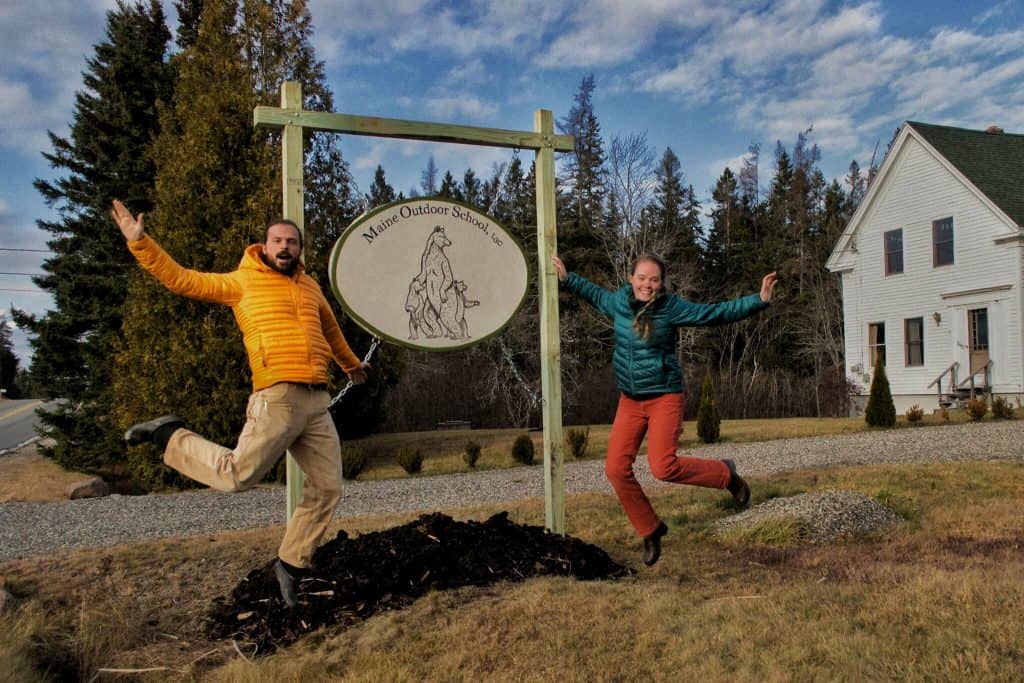
Hazel Stark and Joe Horn see the forest through the trees. Also, they understand the importance of connecting students with their own local environment. However, they are also proof that naturalist education programs can (and should) have a viable business model.
MOS Operations
Maineterrain: How do you and Joe split up responsibilities at Maine Outdoor School?
Hazel is typically in charge of leading most of the school programs and does MOS bookkeeping and social media. Joe focuses on developing new programs, projects, and partnerships in collaboration with organizations along with budgeting. Additionally, we share most of these responsibilities as well!
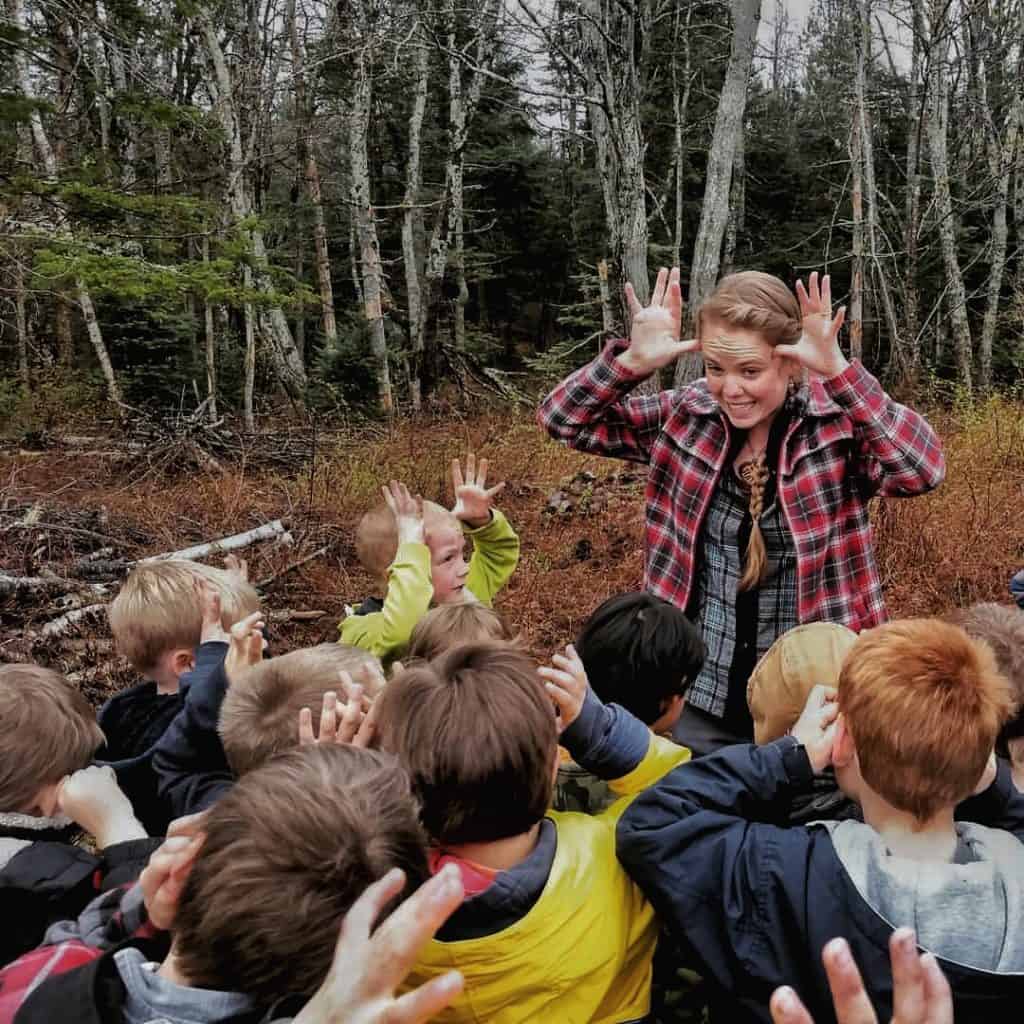
Teaching Down East Children
Maineterrain: Kids growing up Down East have a connection to the land that most urban or suburban kids around the US do not. What kinds of things do you show local students at MOS that make them say “Oh wow!”
Honestly, most things we do results in lots of wow moments–be it finding tracks, scat, identifying maple trees, wildflowers, insects, or in games that explore population dynamics! Each kid is interested in something a little different and you never know what might spark an interest.
The truth of the matter is that people, urban or rural, almost regardless of how much outdoor experience they have, generally don’t see the natural world as a collection of individual species. It’s all mostly a brown and green blur.
A great example of this is the number of kids we teach who come from a long line of hunters. Often, when they see any track they assume it’s from a deer. However, it could in fact be a dog, squirrel, snowshoe hare, or honestly just a clump of snow that fell out of a tree. It’s only once we introduce them to the animals, tracks, plants, and birds as individuals that they start realizing how amazing and dynamic it all is outside.
That creates a lot of wow moments!
Connecting with Public Schools
Maineterrain: Which elementary schools do you work with on a regular basis and how did you get started with them?
We work with a number of schools on a regular basis, each with a slightly different scope. Currently, the most regular schools we work with are Beals, Harrington, Milbridge, and Jonesport Elementary.
In Harrington, we have a regular annual outdoor school day with the whole school on their campus nature trail that directly ties into the curriculum in each class. In Beals, we generally provide a hiking-based field trip for them each fall and spring. Also, in Milbridge and Jonesport, we have teamed up with the Cobscook Community Learning Center’s Transforming Rural Experiences in Education (TREE) program to provide weekly outdoor experiences. Again, this is tied to classroom curricula of select grades at those schools.
We started working with these schools after conducting a pre-program evaluation to assess what the community wanted to see for educational opportunities in the area. Accordingly, we learned that having more outdoor learning opportunities in elementary schools was a big goal in the area. Thus, we started meeting with principals, teachers, and partner organizations to figure out ways MOS could help make that happen.
We aim to work in direct response to what people want. As a result, all our programs are customized to specifically meet the goals and needs of each group. Accordingly, we’ve rarely taught the same exact lesson twice!
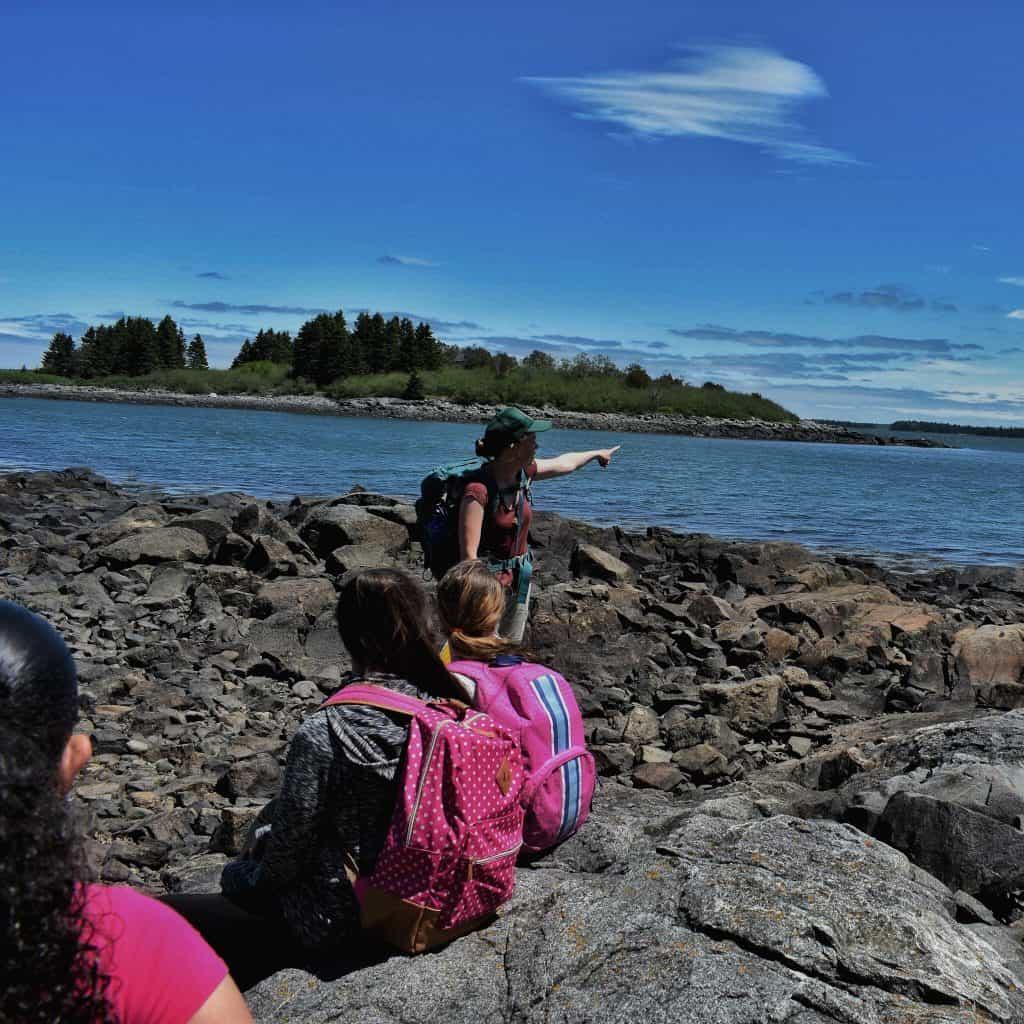
Washington County and Beyond
Maineterrain: Have you worked with schools outside of Washington County? If not, is that a goal of MOS?
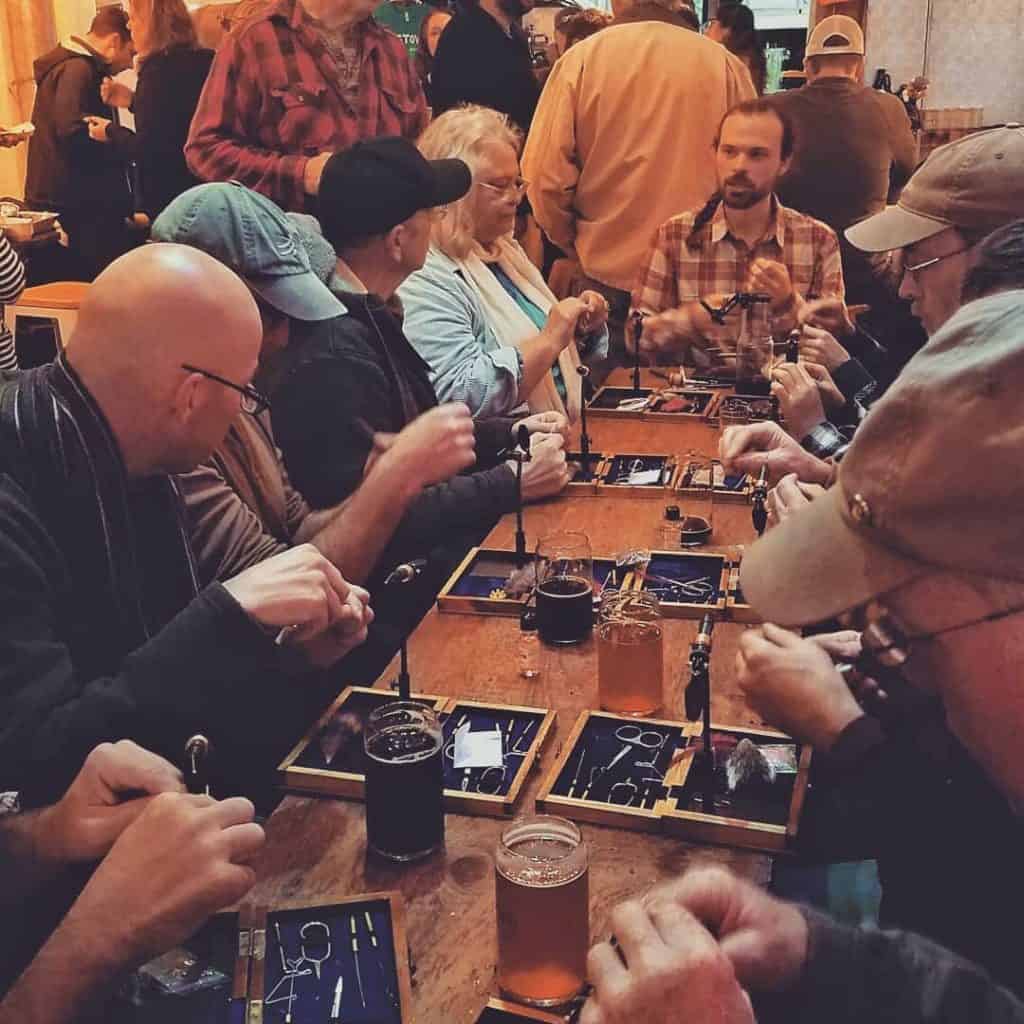
Connecting Kids with Nature
Maineterrain: Richard Louv wrote “Last Child in the Woods.” He describes a nature deficit disorder in today’s youth that he associates with things like ADD, anxiety, and depression. The connection seems so obvious yet it’s largely being ignored. How do you convince administrators that their students should be spending more time outside?
We have never actually had to convince administrators. In our experience, they completely understand that their students need more outdoor time.
It would be wonderful if schools were given more funding to support outdoor education. Thus, it’s something we all are trying to figure out, in terms of scheduling. However, we’re always working to role model for schools. Outdoor education can meet a blend of interdisciplinary learning standards at once in a way that indoor classroom time rarely can.
Working on the East and West Coasts
Maineterrain: One of the biggest differences between California and Maine, in my opinion is that politics are inexorably tied to environmental policy in California. Maine is fiercely protective of its natural resources & environment but policies seem to cross political lines a lot easier. Both you and Joe have spent time in both states. What were your California experiences like?
California and Maine are two very different social, geographic, ecological, and political landscapes. In California, most residents have to opt-in to wilderness experiences via a long drive. In Maine, most people live in much more rural areas with much easier access to nature.
One thing we really liked in California was that outdoor education was quite well incorporated into the public school systems–most 6th graders there spend a week at a residential outdoor school. We’d love to see some version of that supported in Maine–ideally something that supports regular experiences outdoors, not just one immersive experience during the K-12 years.
In California, so much of the economy is tied to agriculture while in Maine we probably have a stronger tie to the natural resource economy (e.g. logging, blueberries, lobstering). We know that the protection of the environment is the protection of our jobs and lifestyles. This gets confused in political conversations, but it means the gap between environmental stewardship and extraction feels a lot smaller here in Maine.
MOS’s focus on the wonders of the outdoors and taking care of it crosses political lines easily here.
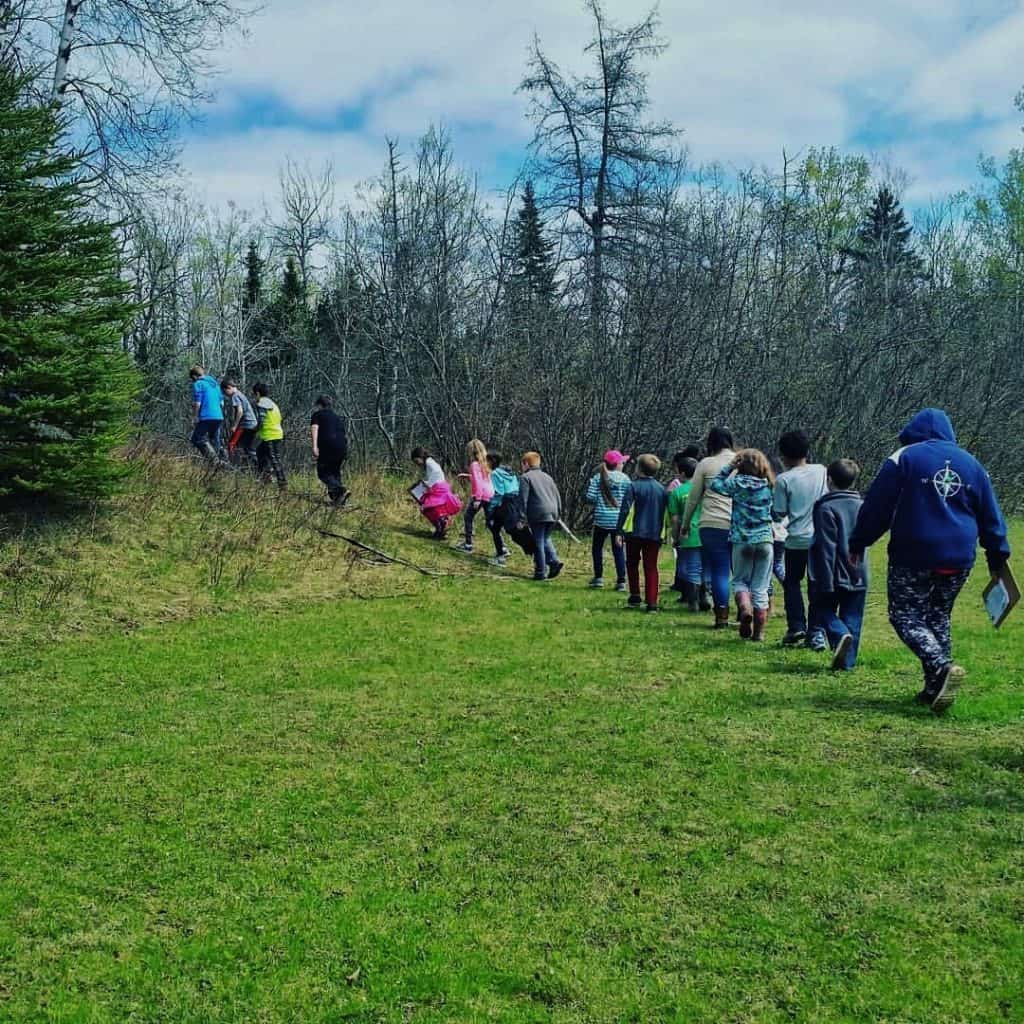
Less Tests, More Nature
Maineterrain: If you could wave a magic wand and change anything about public school policy, what would it be?
Sewing Seeds for the Maine Outdoor School
A Surprise on the Trail
Maineterrain: What is the most unexpected thing you’ve run into on an MOS outdoor expedition?
Last spring at Harrington Elementary a group of students that were looking for animal scat and tracks on their nature trail stumbled upon a newborn fawn. It was bedded down waiting for its mama to come back. The students were super respectful and gave the little fawn its space.
Joe called the game warden to report it and they suggested Joe check back on it the next day because often the mother deer will collect up their young after sunset. Sure enough it was gone by the next morning.
The fact that there are learning opportunities like this that go unnoticed not 100 feet from the front door of schools speaks to the learning opportunities that outdoor education can provide if only we took advantage of those teachable moments more.
MOS Complements Public School Programs
A Long Term Plan for MOS
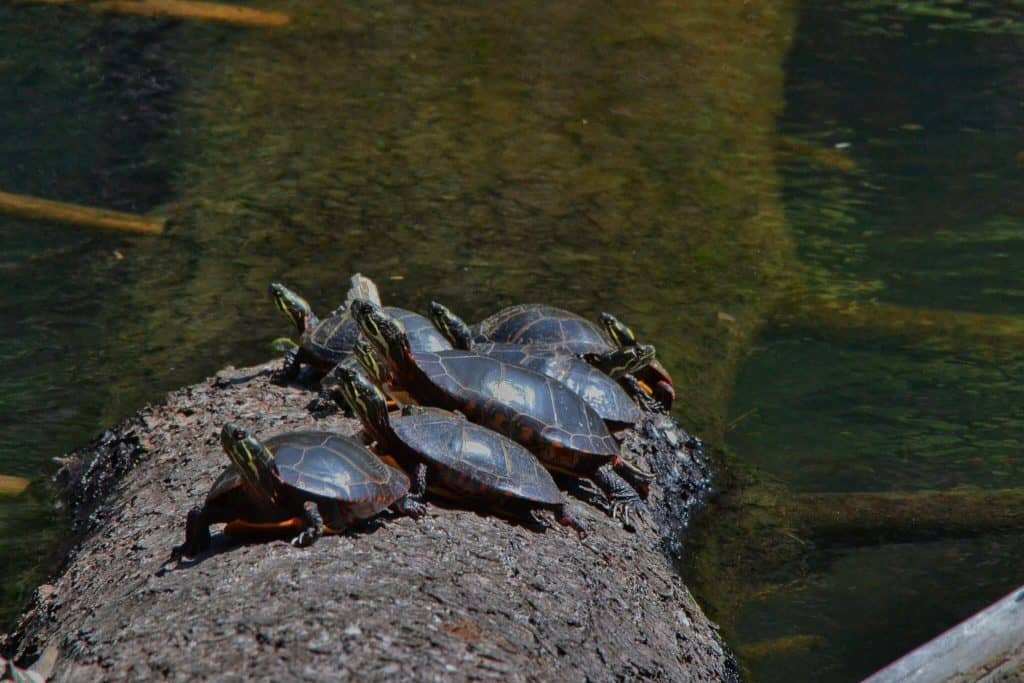
Keeping It Local
Evaluating the Results
At the end of each program we do a wrap-up activity to help students reflect on their experiences. This time also gives us a good pulse on program outcomes. We know it was a successful program when each student has an authentic and personal thing they take away from the lesson, had a good time, and stayed safe. Also, we do pre and post-assessments for our longer program series so we can analyze any specific changes in knowledge as a result of our program.
2019 MOS Activities
Maineterrain: What do you have new coming up for Summer/Fall 2019?
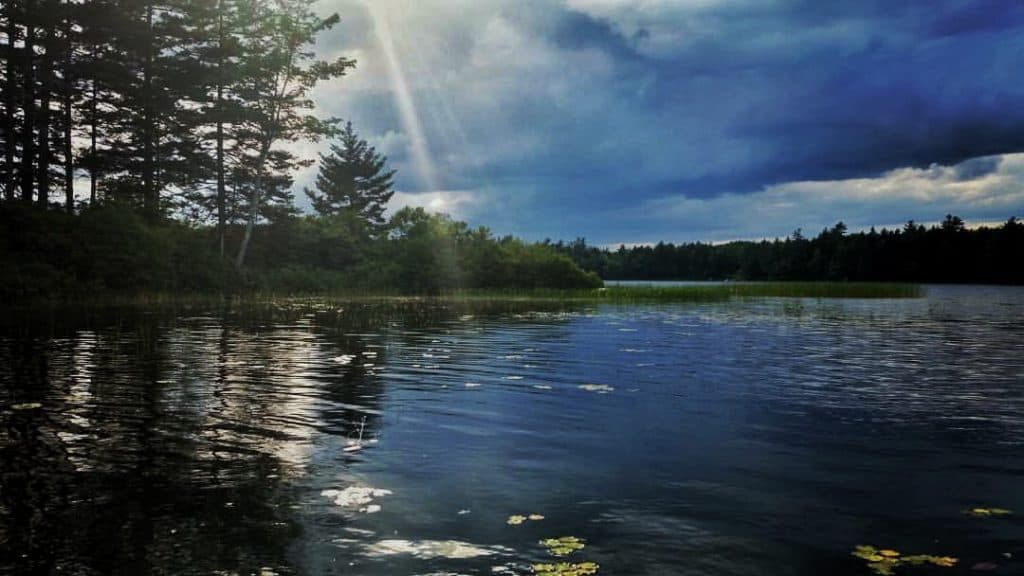
Connecting With Maine Outdoor School
Maineterrain: If out-of-area schools want to reach you, what is the best way to contact MOS?
Our Facebook page (@maineoutdoorschool), our website (www.maineoutdoorschool.org), a phone call (207.358.0412 ), or email (joseph@maineoutdoorschool.org) all work.
July 2019: Our Family Hikes with MOS
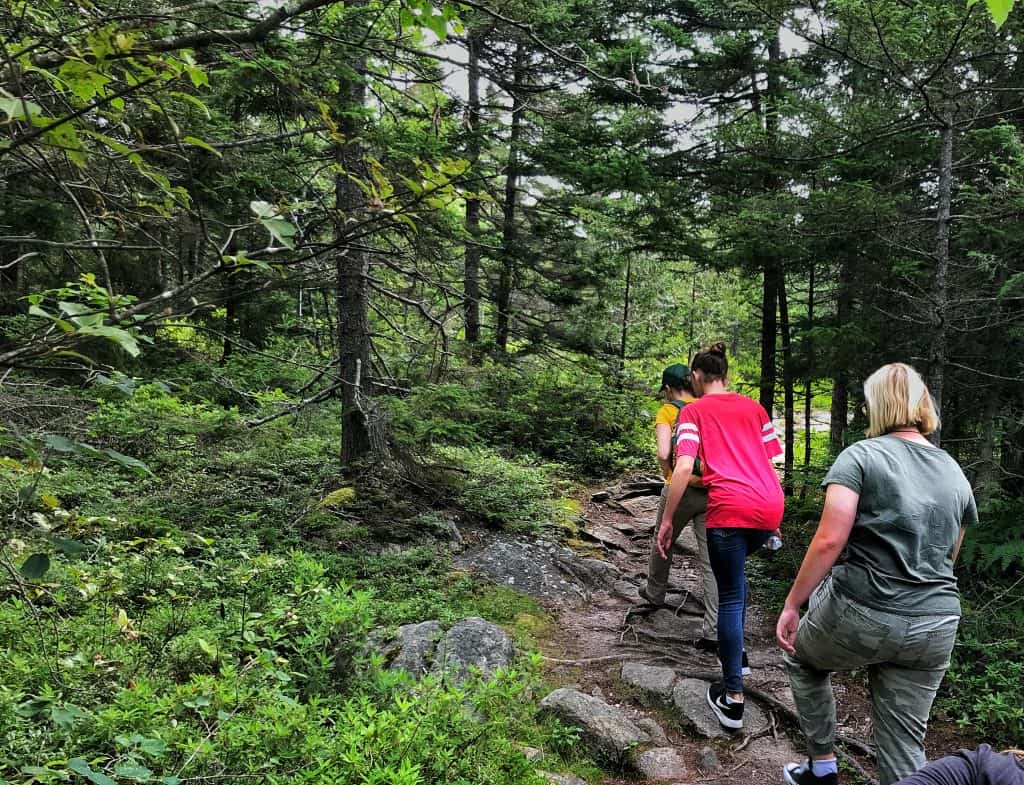
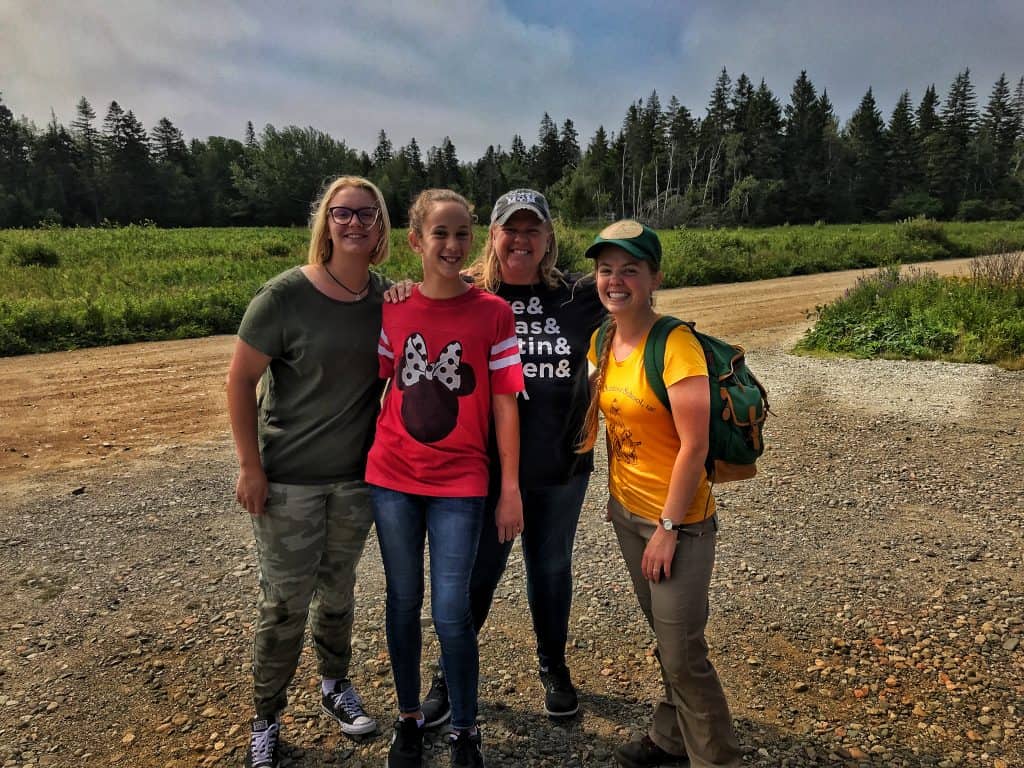
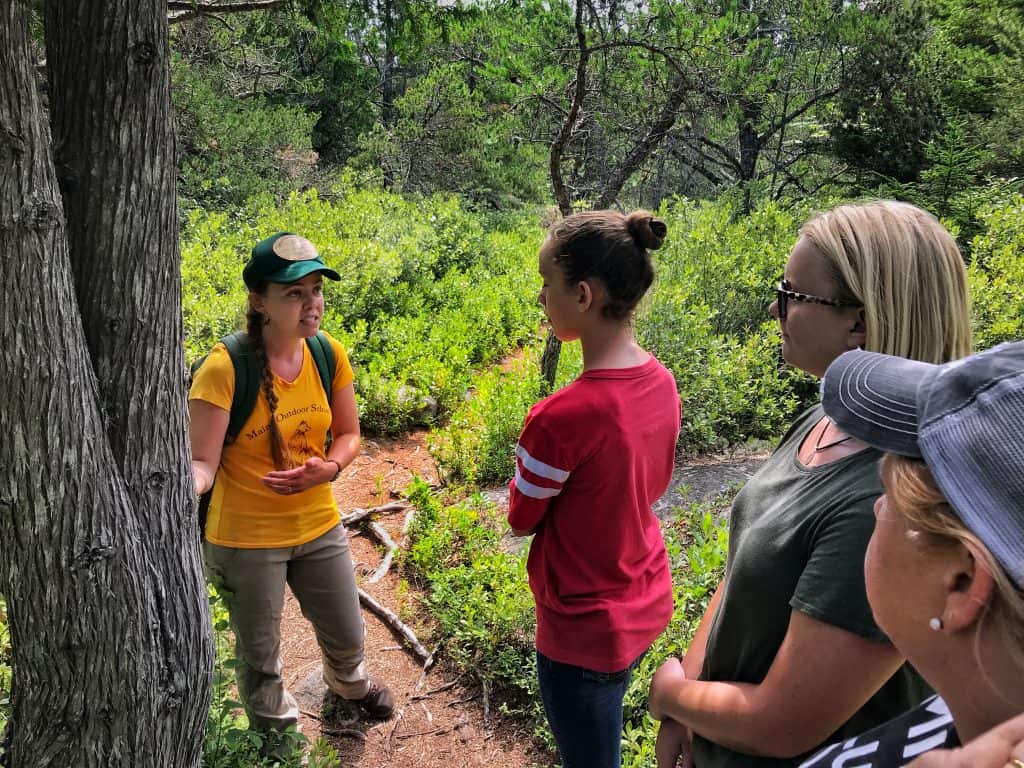
Heidi
2 May 2019The MOS sounds like an amazing program. The local kids are lucky to have access to this kind of program. Maybe I missed this in your article but I am wondering how I can get more information on the summer day camps? Thanks!
Stephen
2 May 2019Hi Heidi. I agree. I will send Hazel your contact info.
Hazel Stark
7 May 2019Hi Heidi! Feel free to reach out to us and check for day camp updates on our website, maineoutdoorschool.org. More info about registration coming soon!
Heidi
7 May 2019Thanks for the info Hazel. We’ll be sure to check it out. Looking forward to seeing you this Summer.
Pingback: 🌄Milbridge, Maine: A Helpful Guide - Maine Terrain 2019
Pingback: What Size is a Moose? - Maine Terrain
Pingback: Moose Size: How Big Are They? - Maine Terrain
Pingback: 🌳 Wood Shop - Spring View - Commercial Forest Products- 2019